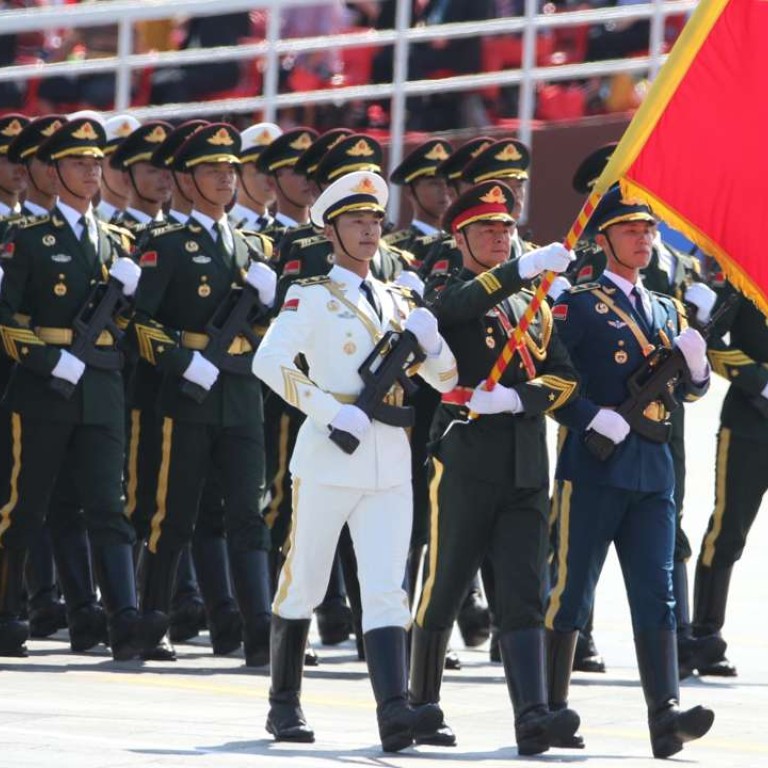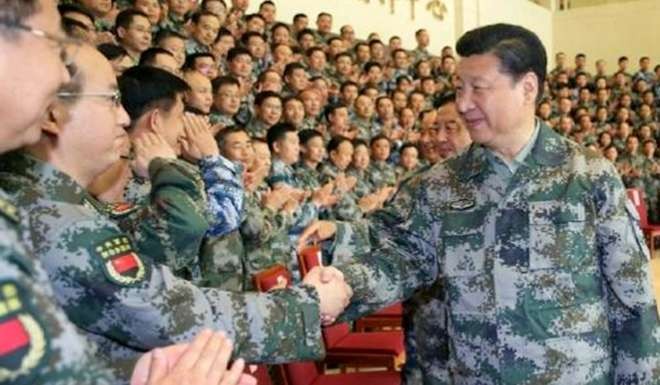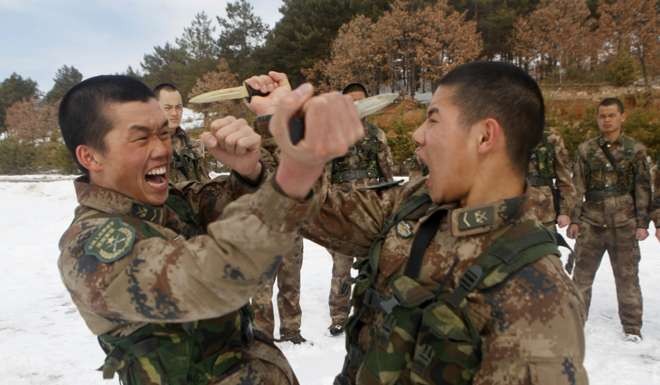
Exclusive | China to overhaul land troops in bid to transform world’s biggest army into nimble fighting force: sources
Strong resistance expected as old Soviet-model of organising army corps to be replaced with smaller-sized divisions, say sources
China will reorganise more than half of its 1.55 million land force troops, phasing out its army corps as it tries to mould a more nimble fighting force, sources familiar with the military said, adding that strong internal resistance to the change was expected.
Some of the existing 18 Army Corps will be turned into 25 to 30 divisions, they told the South China Morning Post. The size of a corp varies from 30,000 to 100,000 soldiers.
The approach was inherited from the Soviet Union, but it’s a bulky model no longer suited to the demands of modern warfare, which prizes modularity, according to a retired senior colonel based in Beijing.
The style of the US 101st Airborne Division is the best example that the PLA land forces will study
“This is a main trend in modern warfare. Even the Russian army has tried to learn from the US army by reducing the size of their troops, making land forces become more nimble and quick-response,” the veteran said.
“The style of the US 101st Airborne Division is the best example that the [People’s Liberation Army’s] land forces will study, especially its quick deployment, equipment and logistic supplies, as well as other supporting networks, which reflect the success of its nimble and efficient system.”
A defence white paper that came to light last year highlighted the importance of building small, multifunctional and modular units that could take on different purposes for joint operations.
The overhaul comes amid a broader shift that the PLA embarked on early this year.
Under the direction of President Xi Jinping, who also heads the decision-making Central Military Commission, the four general headquarters were dissolved, before setting up 15 new organisations including the Joint Staff Department. The seven military commands were reshaped into five theatre commands. Some 300,000 troops will also be cut by 2017.

Under the new arrangement, divisions will receive instructions from the relevant theatre command, which reports directly to the Joint Staff Department which is now part of the Central Military Commission, before giving orders to frontline troops.
The shift away from corps was the focus of Xi’s visit to the headquarters of the land force in Beijing a few days before the anniversary of the founding of the PLA on August 1, a source close to the military said.
The source said Xi called on leaders of the land force to speed up reforms in administration and combat capability.
Currently the biggest land force in the world, the army comprises 1.55 million soldiers, of which 850,000 are mobile troops, most of whom are under the army corps, while the rest are regional garrison troops.
Make sure you can fight and when you fight, be certain to win
A source said it was only a matter of time for the army corps units to be either downsized or scrapped, although the change would inevitably encounter strong opposition from the ground force.
The transition to divisions is likely to result in the dismissal of tens of thousands of military personnel. and, hence, trigger huge resistance from the troops affected.
Xi wasted no time spelling out his expectations for the army when he inspected the Guangzhou Military Command in early December 2012, less than a month after becoming chair of the commission, saying: “When you are summoned, you must come at once; when you come, make sure you can fight, and when you fight, be certain to win.”

The 18 corps are classified into either category A or category B. The first are better equipped and have more manpower and resources. They include the 1st, 13th, 21st, 27th, 38th, 39th and 54th Army Corps, while the rest of the corps belong to category B.
Under the overhaul earlier this year, the seven military commands were replaced by five strategic zones – Central, North, South, East and West. State media revealed the distribution of the corps among the theatre commands later on.
The Central Theatre Command, which is responsible for the safety of Beijing and a few provinces in its vicinity, boasts the largest number of corps – the 20th, 27th, 38th, 54th and 65th Combined Corps.
Second is the North Theatre Command, which commands four – the 16th, 26th, 39th and 40th Combined Corps.
The rest of the five theatre commands each have three corps, with the 1st, 12th and 31st belong to the East, the 14th, 41st and 42nd to the South, and the 13th, 21st and 47th to the West.


